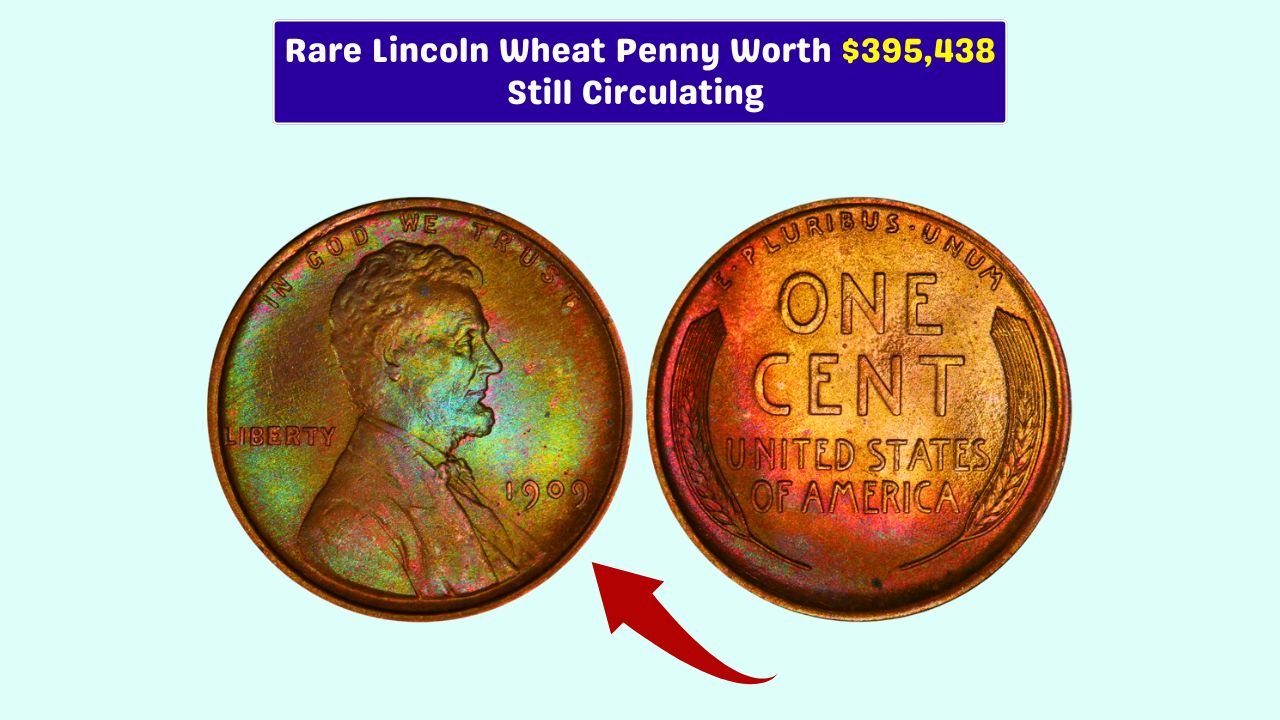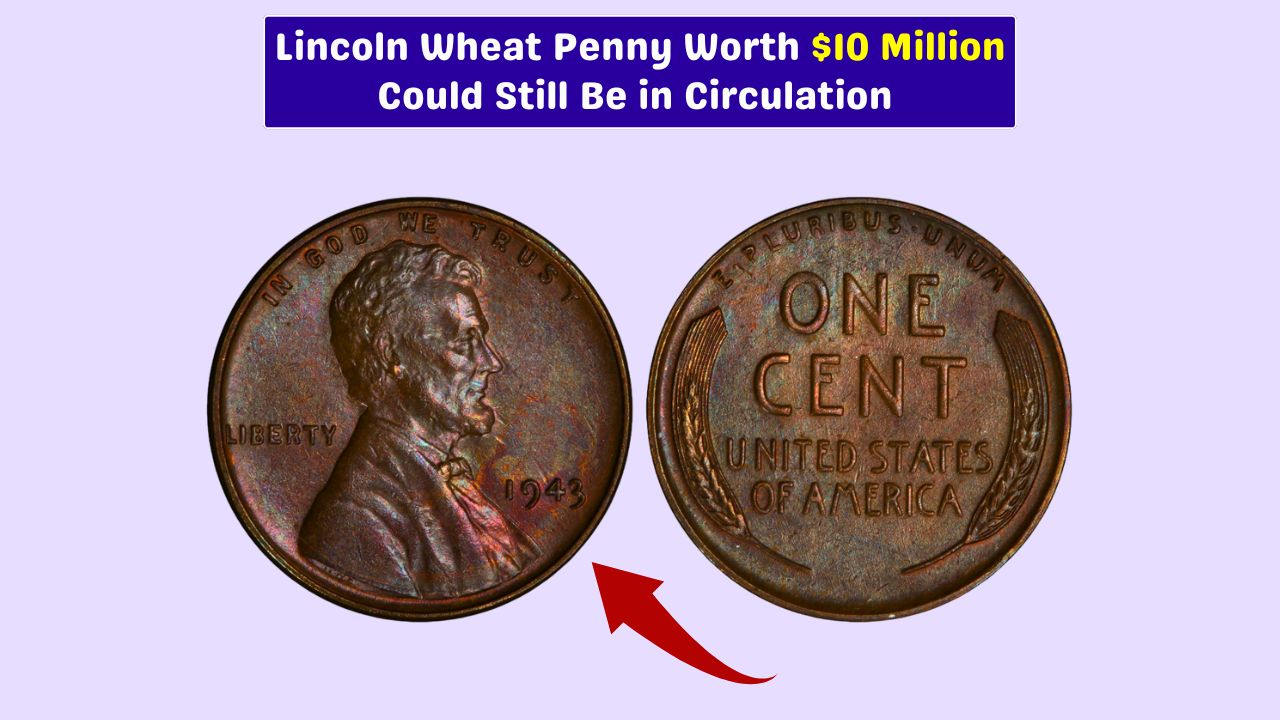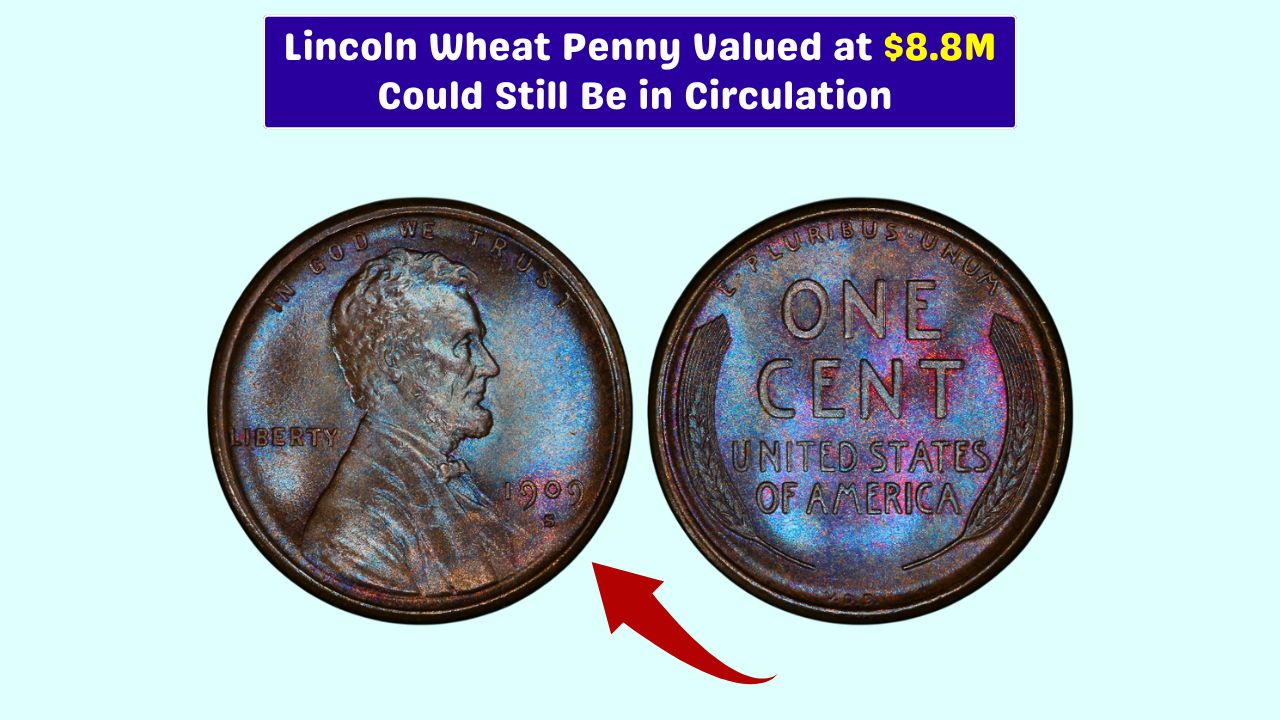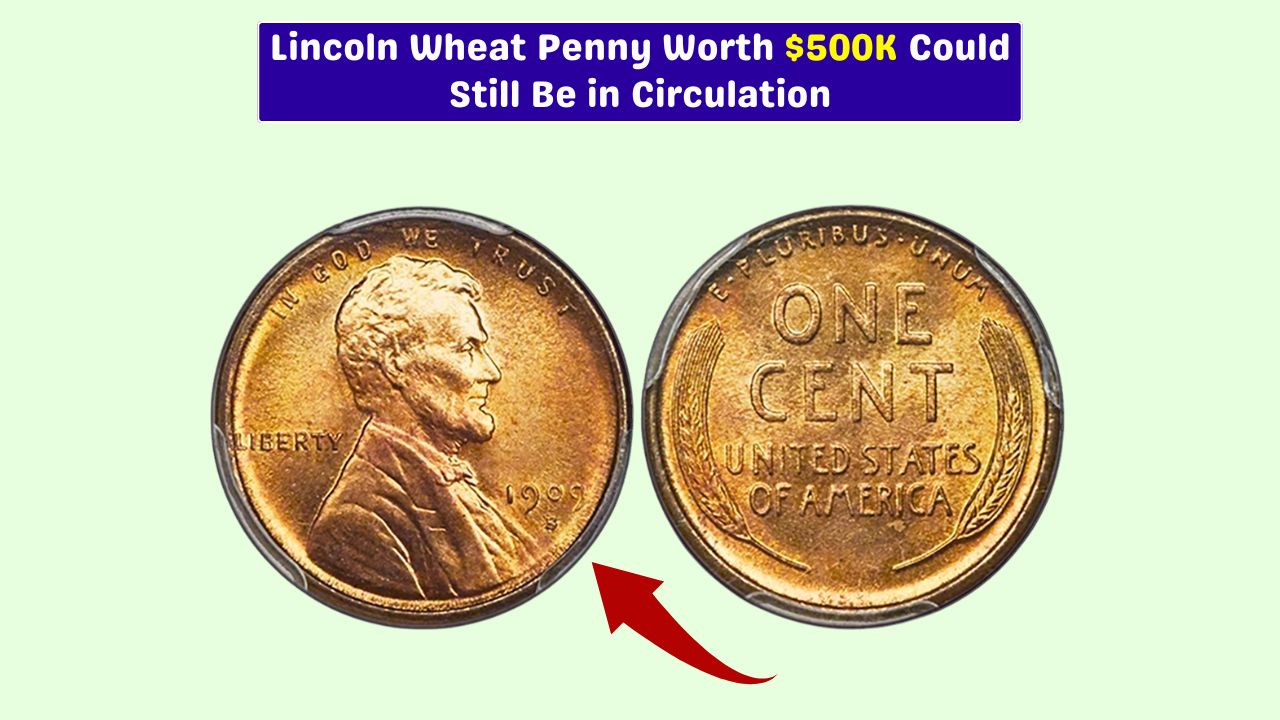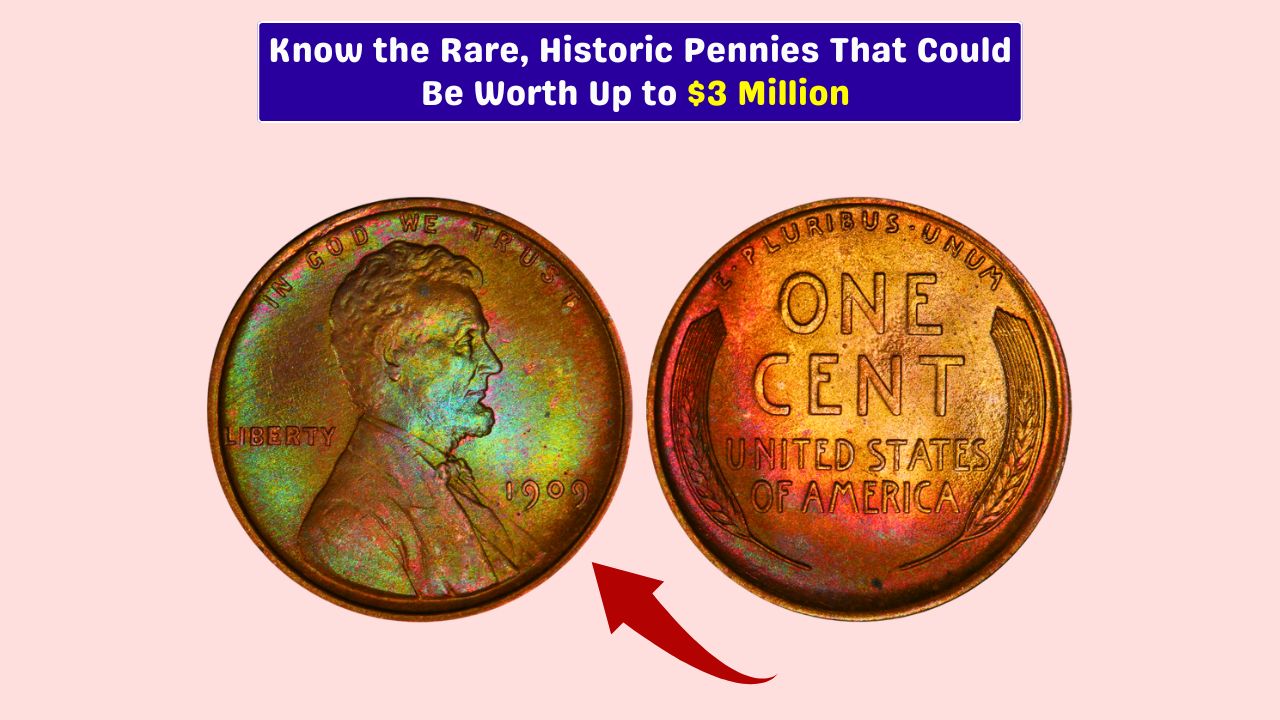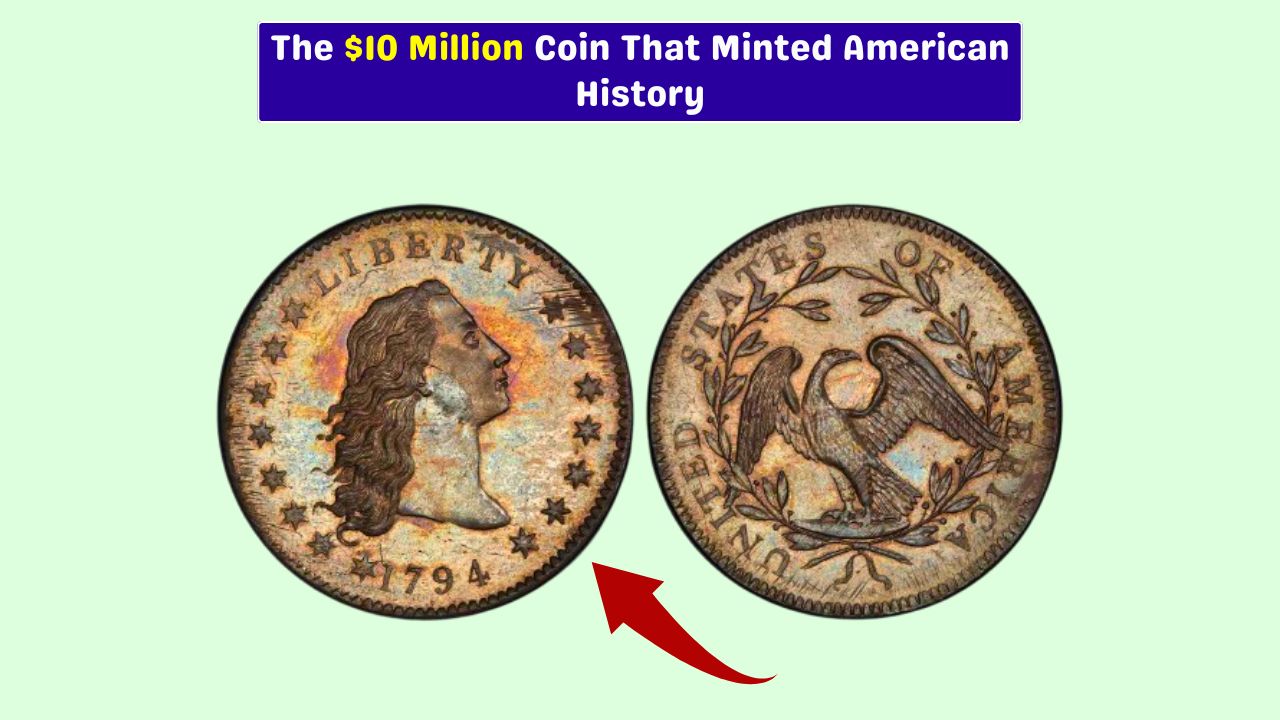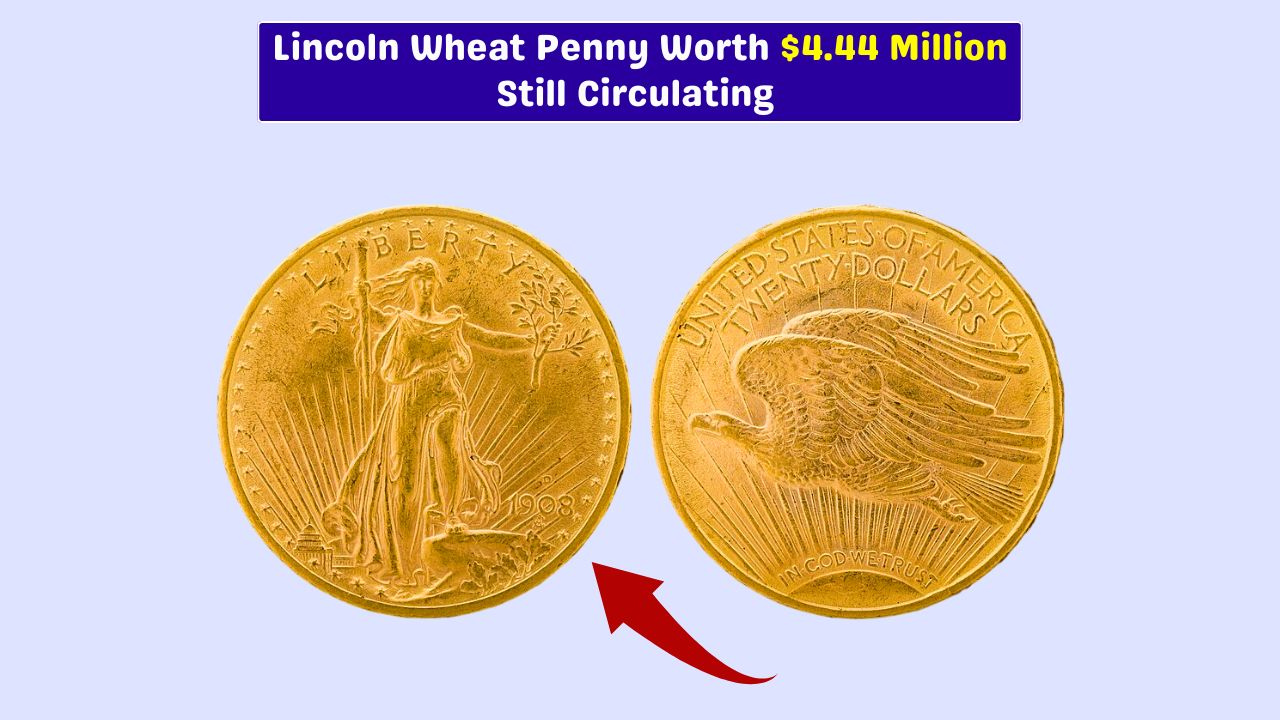A penny might feel like small change — just a dusty coin most folks ignore. But here’s the kicker: one of those old one-cent pieces sold for a mind-blowing $395,438. Yep, a Lincoln Wheat Penny.
And the craziest part? There could still be one hiding in your pocket. Let’s break down what makes it so valuable — and how you might find one.
Origins
The Lincoln Wheat Penny made its debut in 1909 and marked a first: a real person — Abraham Lincoln — on a U.S. coin. It stayed in circulation until 1958, with two wheat stalks on the reverse, earning it the nickname “Wheat Penny.”
By 1959, the design switched to the Lincoln Memorial. But those earlier wheat-back versions? Still a favorite among collectors. Most are common, but a few — like the rare 1943 bronze version — are true hidden treasures.
Rarity
So what makes one of these pennies worth nearly $400K?
It all traces back to a minting fluke during WWII. In 1943, copper was reserved for the war, so pennies were made from zinc-coated steel — they looked more silver than copper.
But a few bronze blanks left over from 1942 slipped through and got stamped. The result? A rare handful of 1943 bronze pennies. Only 10 to 20 are known to exist.
That kind of rarity? A jackpot for coin collectors.
Detection
Think you might’ve found one? Here’s how to tell.
Start with the year — it needs to say 1943. Then, check the color. Most from that year are silver-toned. But if yours looks brown or coppery, it might be bronze. Do the magnet test next: steel coins will stick, bronze won’t.
If it doesn’t cling, you might have something rare. Condition matters too — clean details mean higher value. But don’t clean the coin! That can actually hurt it. If it seems legit, take it to a pro for evaluation.
Here’s a quick breakdown:
| Feature | Steel Penny (1943) | Bronze Penny (1943) |
|---|---|---|
| Color | Silver/Gray | Brown/Copper |
| Magnet Reaction | Sticks | Doesn’t Stick |
| Estimated Value | A few cents | Up to $395,438 |
| Rarity | Common | Extremely Rare |
Circulation
How does a coin like this end up in everyday change?
Simple — coins get passed down, lost in jars, or spent by folks who don’t know their worth. That’s why collectors comb through spare change like treasure hunters. Because sometimes, they strike gold.
Appeal
So what’s the draw?
Sure, the cash value is huge. But it’s more than that. These pennies carry history — stories from the Depression, WWII, and changing American coinage. Rare errors like the 1943 bronze only add to the mystery.
Some collectors chase mint marks, others love the quirks. For many, it’s nostalgia. A hobby with roots, and sometimes, serious rewards.
Who would’ve thought a single penny could go for nearly $400K? Yet the 1943 Bronze Lincoln Wheat Penny proves it. And the best part? One could still be sitting in your junk drawer.
Next time you sort through coins, take a closer look. That forgotten penny might just be a life-changer.
FAQs
How can I tell if my 1943 penny is bronze?
Check its color and use a magnet. Bronze doesn’t stick.
Are all 1943 pennies valuable?
No, most are steel and only worth a few cents.
Where can I get my penny appraised?
Try a coin grading service or trusted numismatist.
What does a 1943 bronze penny look like?
It’s brownish like a normal copper penny, not silver.
Should I clean a rare penny?
No, cleaning can reduce its value significantly.
